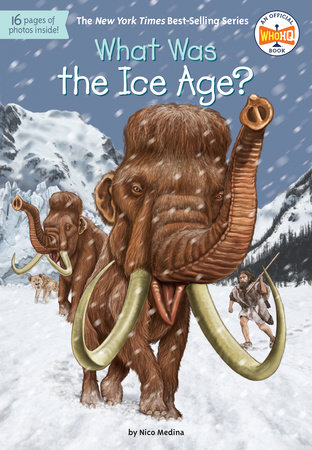
Accordions and Information
The five-paragraph essay. Love it or hate it, it’s a thing. One of the reasons it is so hard to teach? Young writers rarely see pure examples in their pleasure reading. Still, this formulaic approach can help young writers learn to organize their thinking and writing.

So, how do we teach them to use this tool?
Step By Step
My favorite is the accordion method. Start by printing each of the sentences below on a separate sheet of colored paper.
Green paper:
- Bugs have wicked cool mouthparts.
- These mouthparts allow insects to chow down on their favorite food.

Yellow paper:
- Some bugs have hypodermic needles for mouths.
- A few insects use sponges for mouths.
- And, others have strong grinding jaws.
Post those in random order on the board or wall. Challenge students to physically re-arrange them into a logical paragraph. This can be done together on the board or students can copy onto sticky notes and work individually on their desks.
Now, on the board, lay the sentences out with the yellow ones indented to look like an outline. Introduce the color scheme and provide examples from texts they are familiar with (textbooks, student writing, etc.):
Green = General topic
Yellow = Reason, detail or fact
Red = Example or explanation
Accordion it!
Next, demonstrate how a paragraph, like an accordion, can be lengthened if we add additional information. Show the new sentences below and have students move these examples into place on the outline.
Red paper:
- The assassin bug stabs its sharp proboscis through the exoskeleton of other insects.
- The house fly uses its labella to sop up spit-soaked food.
- The mandibles of a cockroach crush with a force five times stronger than human jaws.
Rewrite on the board in standard paragraph form.
Once students are comfortable with the color scheme, challenge them to use highlighter markers to color-code pre-written paragraphs. You can write your own or use examples from textbooks or STEM Tuesday’s reading list. For example, Page 30 of What was the Ice Age:
“To have enough energy, Megatherium needed to eat a lot! It ate grasses, buts, and fruits. It dug roots out of the ground with its sharp claws. It stood on its hind legs to pull leaves from the highest branches. Some scientists think Megatherium might have even eaten meat.”
Once they are ready, have students use this color-coded sticky notes to create a paragraph about their favorite animal. For some fun, let students swap yellow and red notes to create silly paragraphs.

Extension
To extend the lesson, demonstrate how a single paragraph can be lengthened like an accordion into a 5 paragraph essay, a section of a longer work, or an entire book. For example, in Ice: Chilling Stories from a Disappearing World students can study the introduction as one accordion and the entire book as another.
Finally, have students examine nonfiction trade books, magazines, and a variety of informational texts. Are super-structured paragraphs common? Discuss why and why not. Are they more common in one type of informational text? Is the formula more common in the over all text than as paragraphs? Do students prefer them or not?
________________________________________________
Prepared by:

Heather L. Montgomery writes books for kids who are wild about animals. She is author of 17 nonfiction books for kids, including What’s In Your Pocket? Collecting Nature’s Treasures and the upcoming Sick! The Twists and Turns Behind Animal Germs.








